
|
Lorna Mills and Sally McKay
Digital Media Tree this blog's archive OVVLvverk Lorna Mills: Artworks / Persona Volare / contact Sally McKay: GIFS / cv and contact |
View current page
...more recent posts
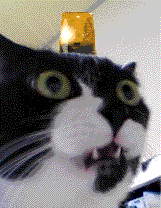
An animated discussion (Catch that pun? Did you? Did you?) at simpleposie on the AGYU's current survey of artists.
(I'm closing the comments here to avoid cross posting)
(This rule does not apply to me)
(opened again)
Selections from The 1930s: The Making of "The New Man"
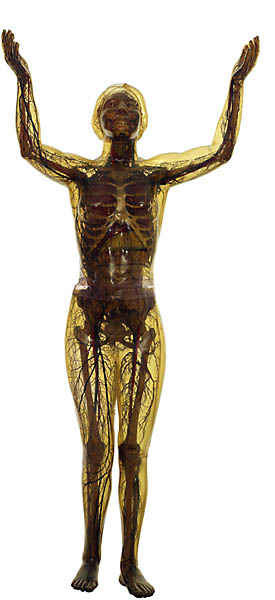
Gläserne Frau, 1935, from Deutsche Hygiene-Museum, Dresden.
Note: the exhibition The 1930s: The Making of "The New Man" did not
have this piece, but did have Replica of The Glass Man, 1995,
After original by Franz Tschakert, also from the
Deutsche Hygiene-Museum.
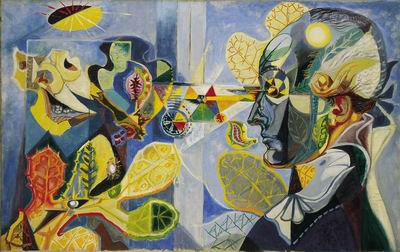
André Masson, Goethe and the Metamorphosis of Plants, 1940
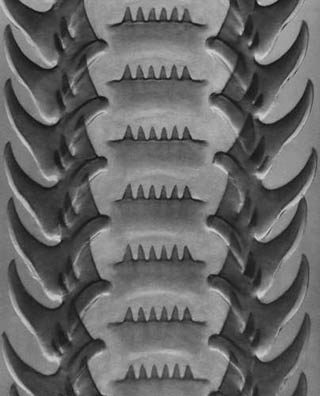
Carl Strüwe, Snail Tongue, 1928
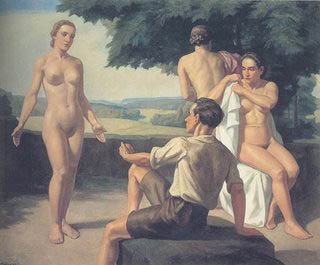
Ivo Saliger The Judgment of Paris, c. 1939

Salvador Dali Boiled Beans (Premonition of Civil War),1936
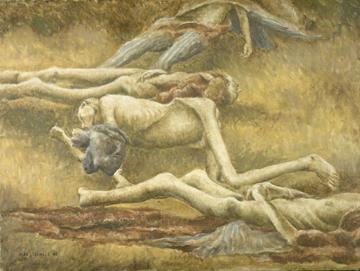
Alex Colville, Bodies in a Grave, Belsen, 1946
Me and GVB went to Ottawa to see The 1930s: The Making of "The New Man" at the National Gallery with our friend J. A major theme was artists' interest in biology, and the physiological workings of the world. The show opened with a replica of the very first "Visible Man", a life-sized sculpture by Franz Tschakert. I was also really taken with André Masson's painting of Goethe's brain/mind as he worked on his biological observations. As these nifty science inspired works gave way for massive eugenics-inspired paintings of Aryan uber-citizens, my own present day enthusiasm for art/science combinations started to irk me a little. But the exhibition was really comprehensive, lots of surrealism, and post war art as well. Alex Colville's painting Bodies in a Grave, Belsen kind of brought it home to me that the artists of that dense era were both engaged in the ethos of the time, and passing comment on it as well. Even the most politically embedded were bearing witness to facism and its horrors, and now, in the museum, we can get a pretty good look at that socio-political era with all the compromised ethical complexity that comes with a humane point of view. It's a great show, very well curated. GVB pointed out that no curators are named or credited anywhere in the exhibition, which is odd.
Because it seems related, I'm pulling and repeating a paragraph from L.M.'s recent comment, an excerpt from George Friedman writing about Solzhenitsyn...
Solzhenitsyn saw the basic problem that humanity faced as being rooted in the French Enlightenment and modern science. Both identify the world with nature, and nature with matter. If humans are part of nature, they themselves are material. If humans are material, then what is the realm of God and of spirit? And if there is no room for God and spirituality, then what keeps humans from sinking into bestiality? For Solzhenitsyn, Stalin was impossible without Lenin’s praise of materialism, and Lenin was impossible without the Enlightenment.